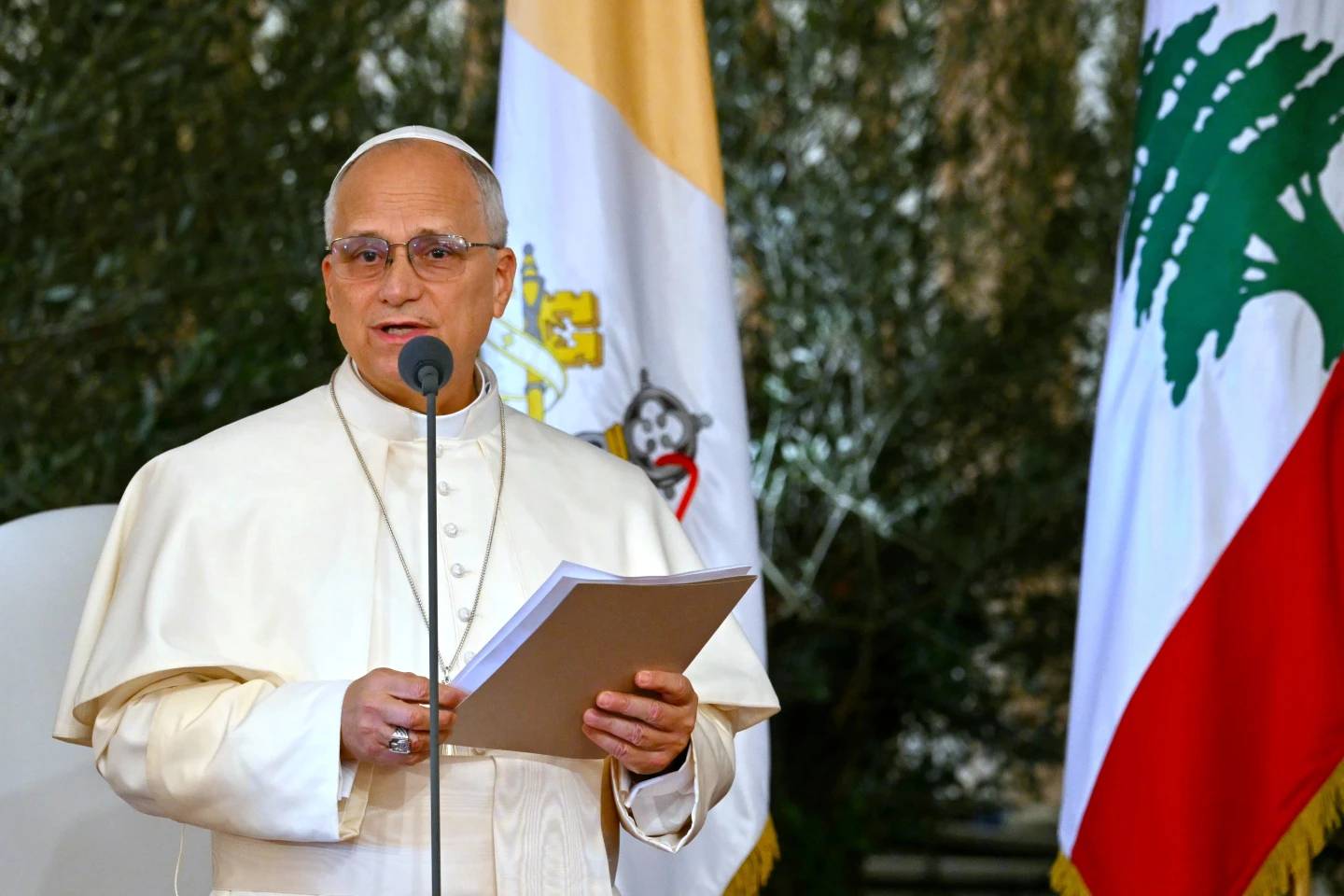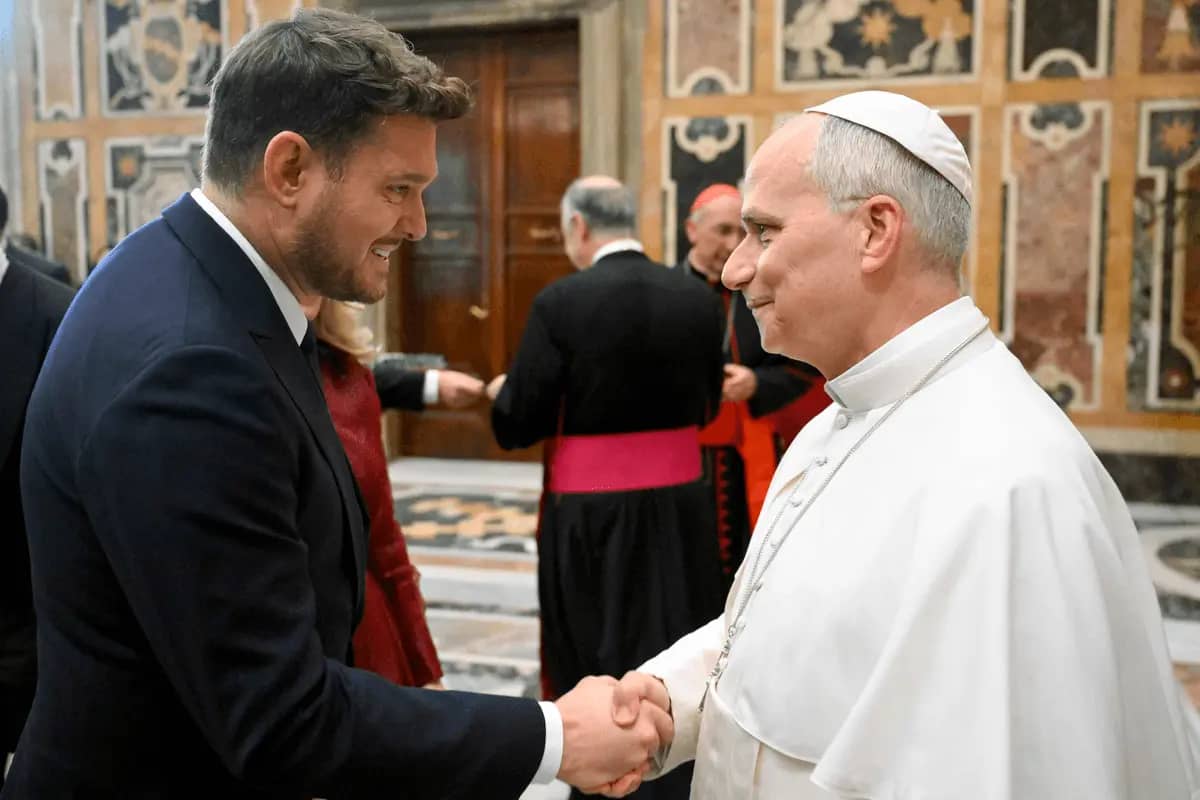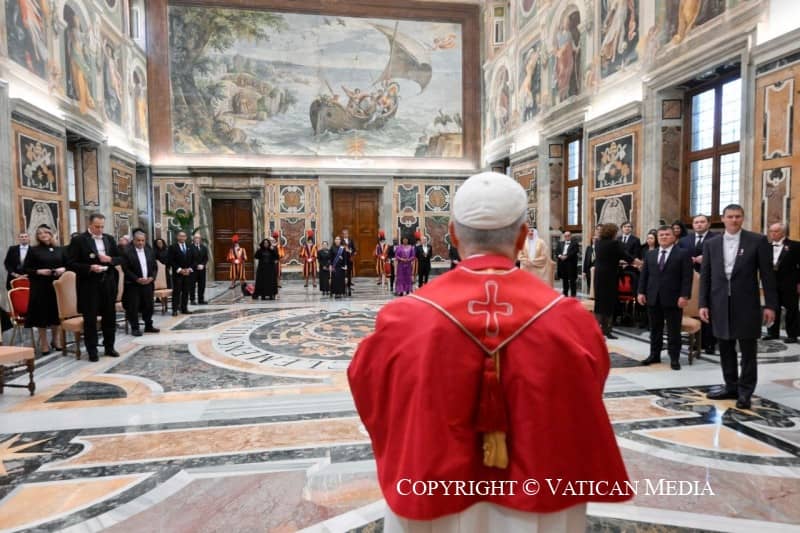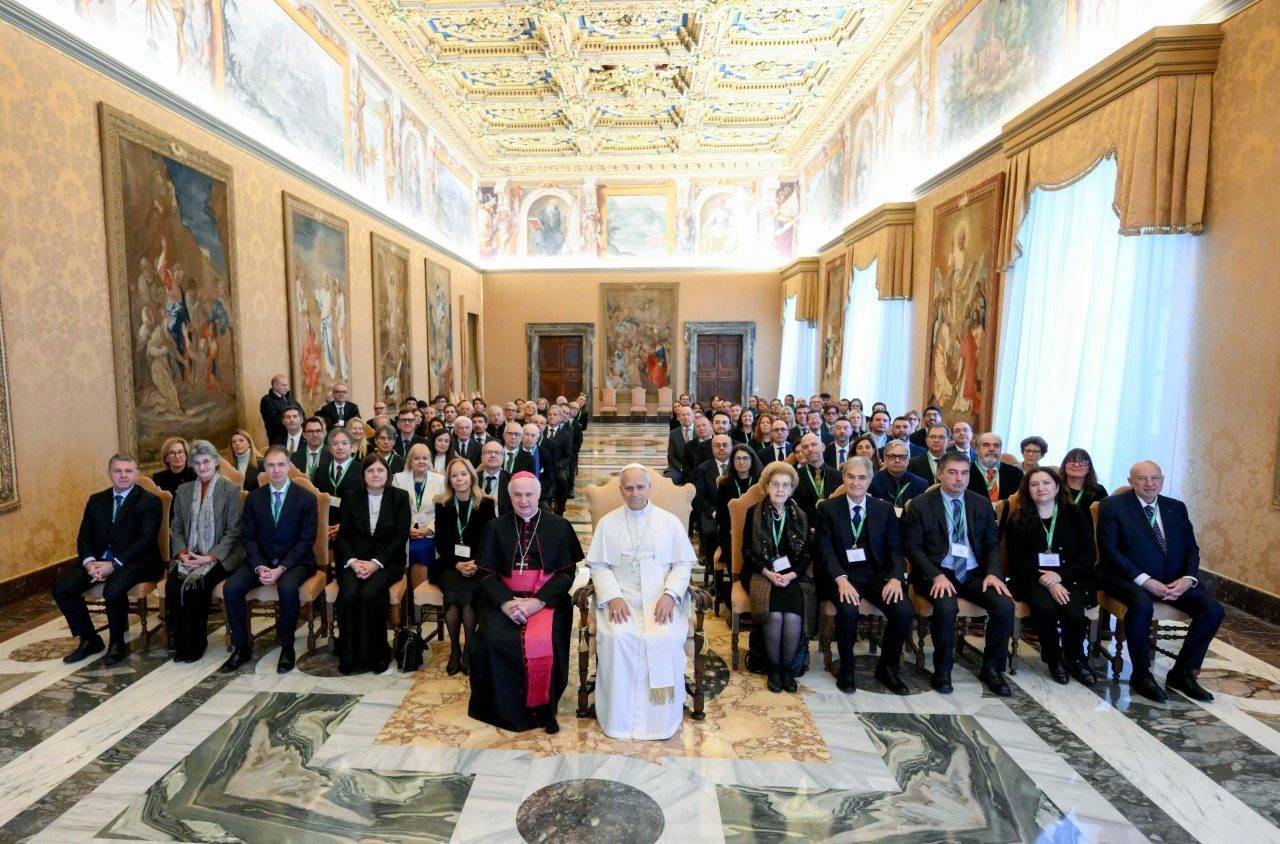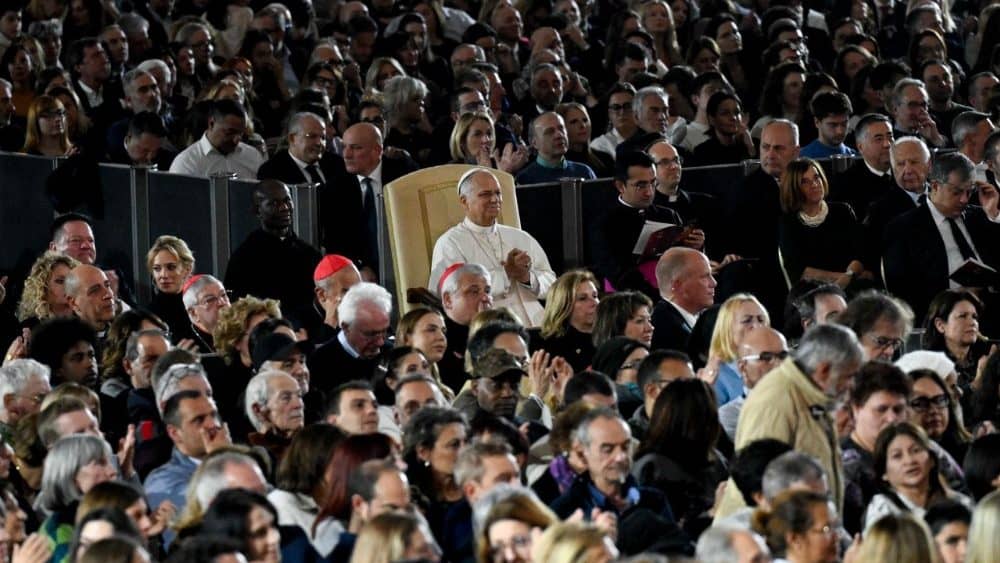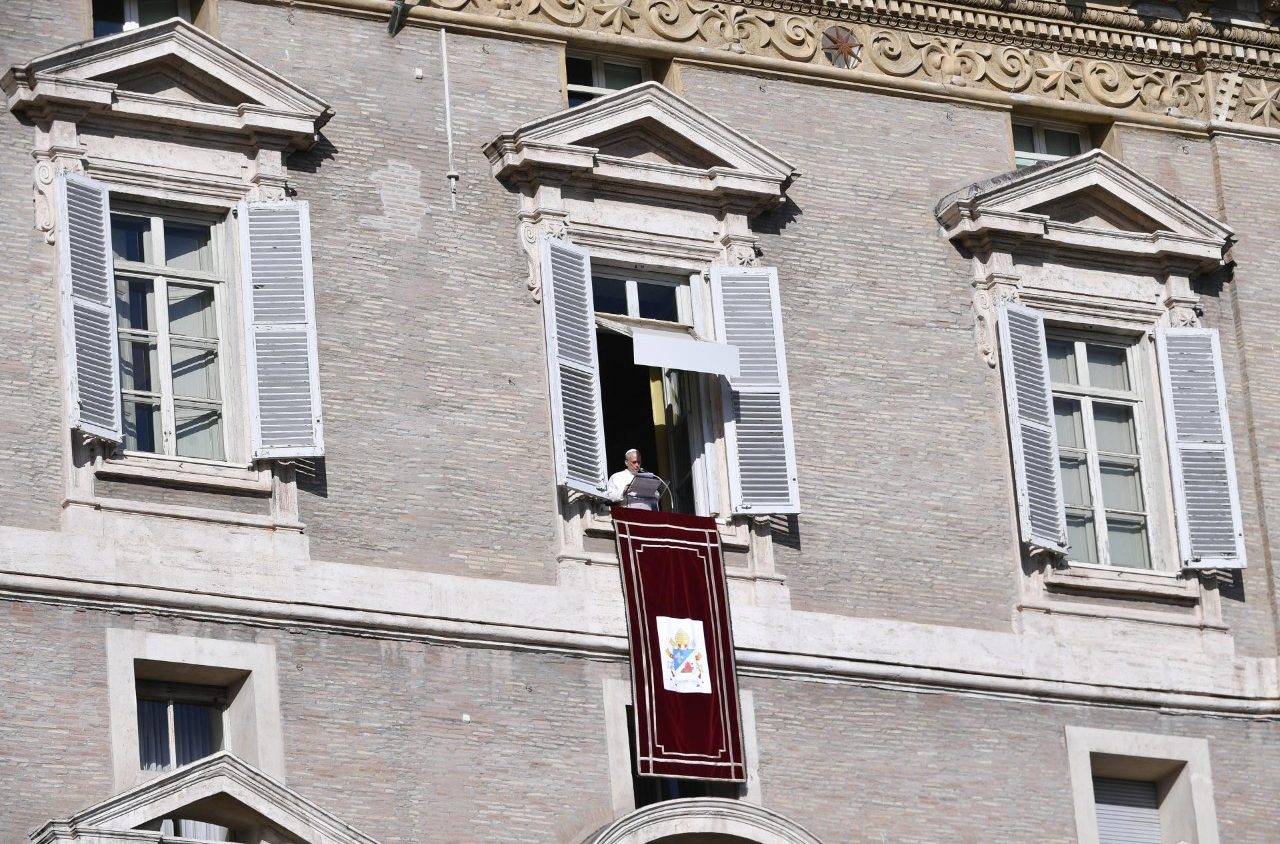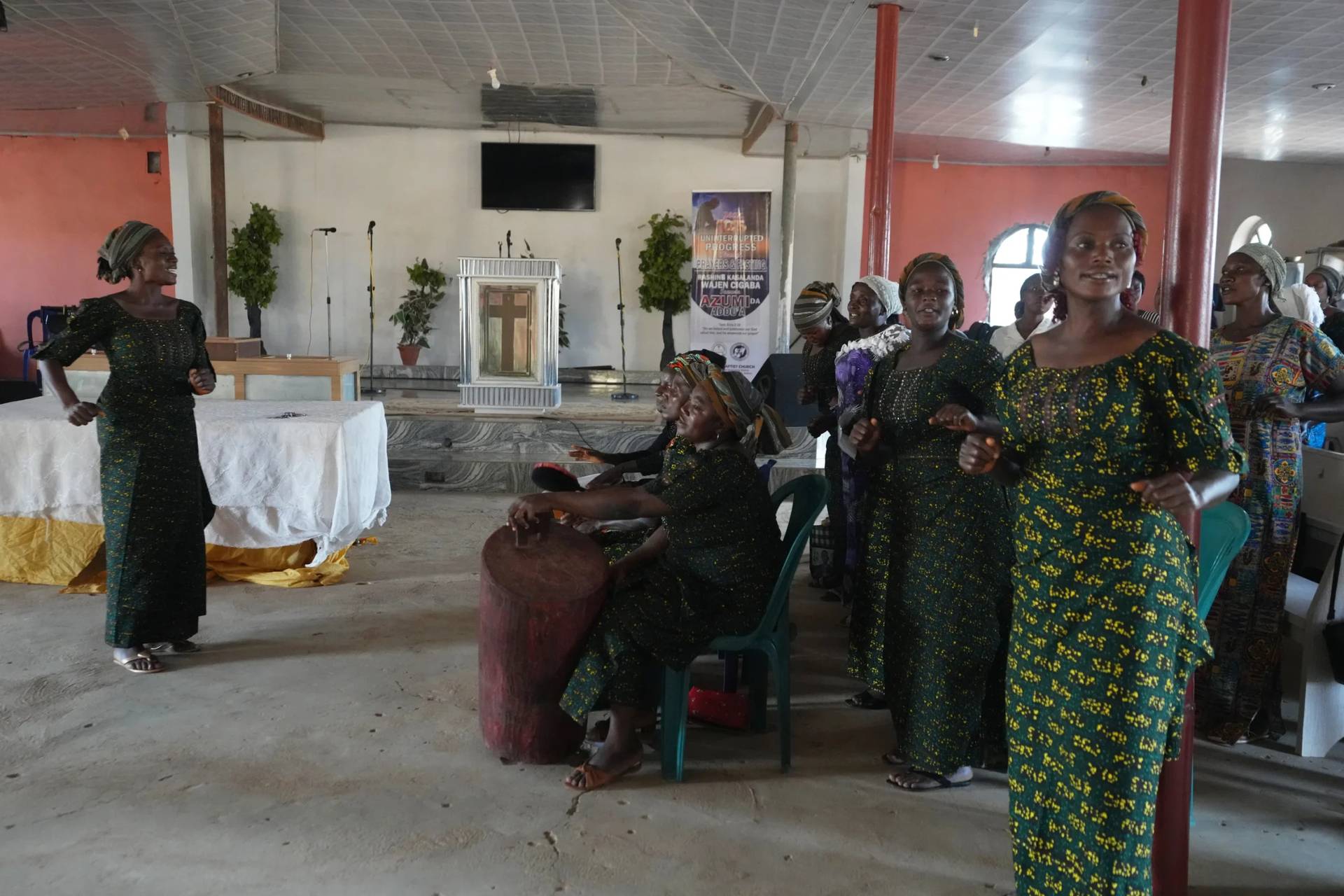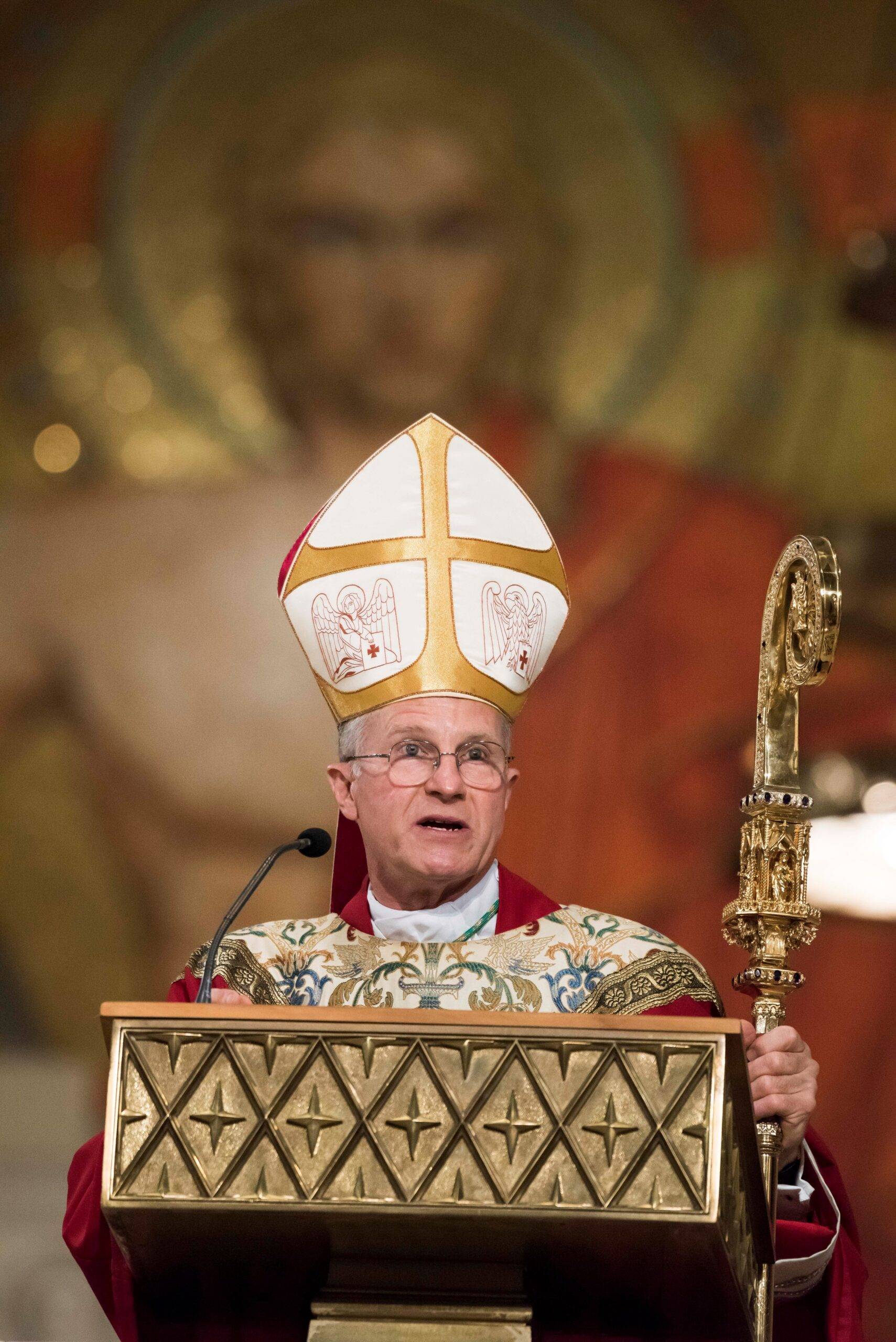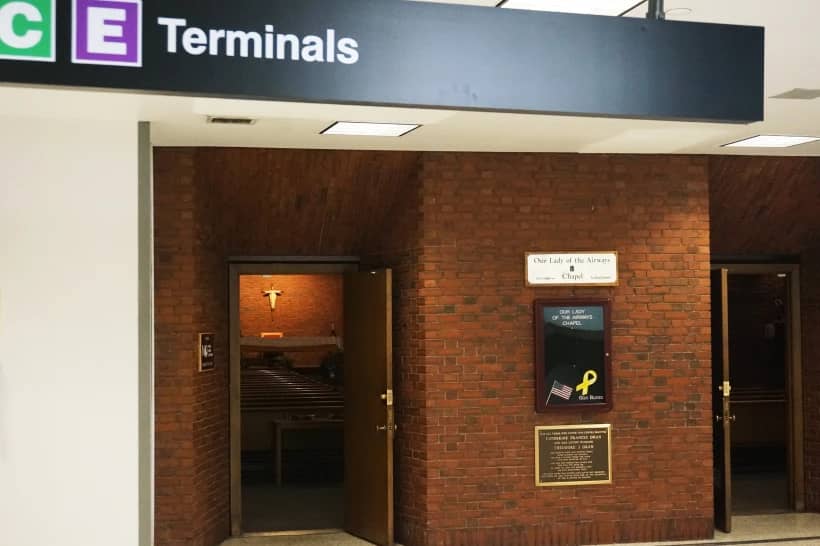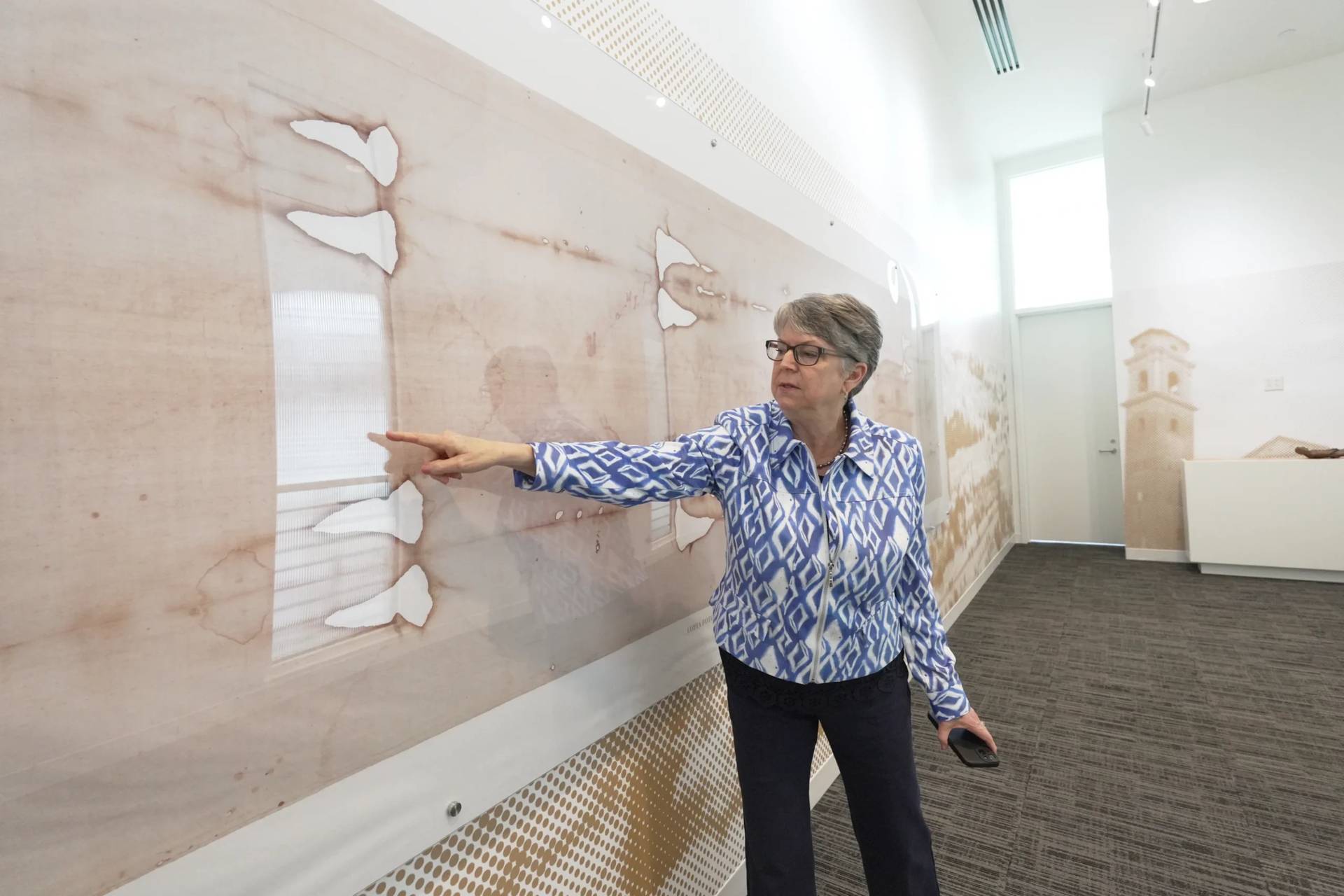As we count down the final hours to Tuesday’s American election, sports fans can perhaps offer a dose of useful perspective on why this has been such a bizarre, wildly unpredictable political season.
Consider what we’ve seen in the world of sports in 2016.
- In May, Leicester City won the English Premier League championship, having started the season facing 5,000-1 odds. Basically, there were better odds that the earth would collide with another planet than that the Foxes would bring home a title.
- In June, the Cleveland Cavaliers broke the “Cleveland sports curse,” a 52-year, 147-season drought without a title. They had to come back from a 3-1 deficit in the NBA finals, to the team that set the all-time record for wins in a season, compounding one improbable result with another.
- Of course, the pièce de résistance is the Chicago Cubs breaking the “curse of the goat” and ending 108 years of misery by winning the World Series, also by coming back after being down 3-1.
In other words, sports fans already know what many Americans have discovered through the lens of politics, which is that 2016 is obviously the year in which the formerly inconceivable becomes reality.
In that light, perhaps it’s worth pondering whether yet another seeming long shot might actually come through in this “Year of the Surreal,” based on a purely empirical observation about the world we’ll be living in the day after the election.
Here’s the factual premise: No matter what happens on Tuesday, whether we elect our first female Commander-in-Chief or a TV celebrity and tycoon, come Wednesday America is still going to be a badly divided, angry, and tribalized society.
Whether Clinton wins in a landslide, Trump stages another comeback, or the earth itself opens and swallows both tickets whole, the fundamental calculus will not change, which is that Americans don’t merely disagree with one another, but many find the values and concerns of other Americans both incomprehensible and repugnant.
To grasp why that’s so, it’s worth dusting off a book from almost a decade ago, titled The Big Sort: Why the Clustering of Like-Minded America is Tearing Us Apart. Written by Bill Bishop, the basic insight was that America has become a nation of gated communities, of both the virtual and visual sort.
Bishop found that the dominant trend in American sociology over the last few decades has been that Americans increasingly work, live, recreate, and even worship only with people who think like themselves. Clinton voters don’t simply part company with Trump people intellectually or politically; more and more, they’ve parted company with them physically and socially as well. The same is true, of course, for Trump supporters.
In other words, our disagreement is compounded by estrangement, and it is always easier to demonize a stranger than a friend.
Now to float the wild long shot outcome: Is it possible that the Catholic Church in the United States could play a key role in overcoming the “Big Sort,” and putting our social and political Humpty-Dumpty back together again?
There are, of course, compelling reasons why the smart money would probably be on “no.”
On the left, many Americans are convinced, no matter how many examples to the contrary one cites, that the American Catholic bishops have become creatures of a far-right, culture warrior agenda. On the right, many believe, once again despite whatever evidence to the contrary is offered, that Pope Francis and his minions are basically baptizing Socialism.
On the ground, the “Big Sort” has infected Catholic life as well, so in most dioceses it’s well known where the “progressive” and “traditional” parishes are, which means that Catholics of differing temperaments and outlooks often now are strangers to one another too.
Still, consider the social capital Catholicism brings to the table: It’s almost one-quarter of the American population, it spans the white/Latino divide more than any other social institution in the country, and it’s one of the few demographic cohorts that has a foot in basically all the ideological and political camps.
Catholicism also has a truly national reach – a total of almost 18,000 parishes, located in every nook and cranny of the country.
To counteract the “Big Sort,” what would seem to be called for is a grassroots movement to rebuild zones of friendship across the tribal lines. Somebody would have to take the lead, providing the venues in which those zones of friendship could flourish, and honestly it’s difficult to imagine any other social force with the infrastructure and capacity to pull that off.
Imagine, for instance, if every Catholic parish in America were to invite Clinton and Trump supporters, as well as everyone else, to a post-election “Liturgy of Reconciliation,” and then stage a social event afterwards in which political talk was taboo, and the point was to give people a chance to start getting to know one another again in a rancor-free context?
Imagine if parishes were to invite local chapters of both Democrats and Republicans, post-election, to turn people out for shared service projects, such as building houses for Habitat for Humanity or visiting homes for the elderly, and through those moments, encourage friendships to emerge?
Perhaps it’s a pipe dream, but given what’s already taken place in 2016, I’m not sure it’s complete madness to hope that such efforts might have a transformative effect.
To predict such an outcome, of course, would go far beyond the evidence. One thing that does appear safe to say, however, is that the challenge (and opportunity) for Catholicism in America doesn’t end Nov. 8 – it begins on Nov. 9.






